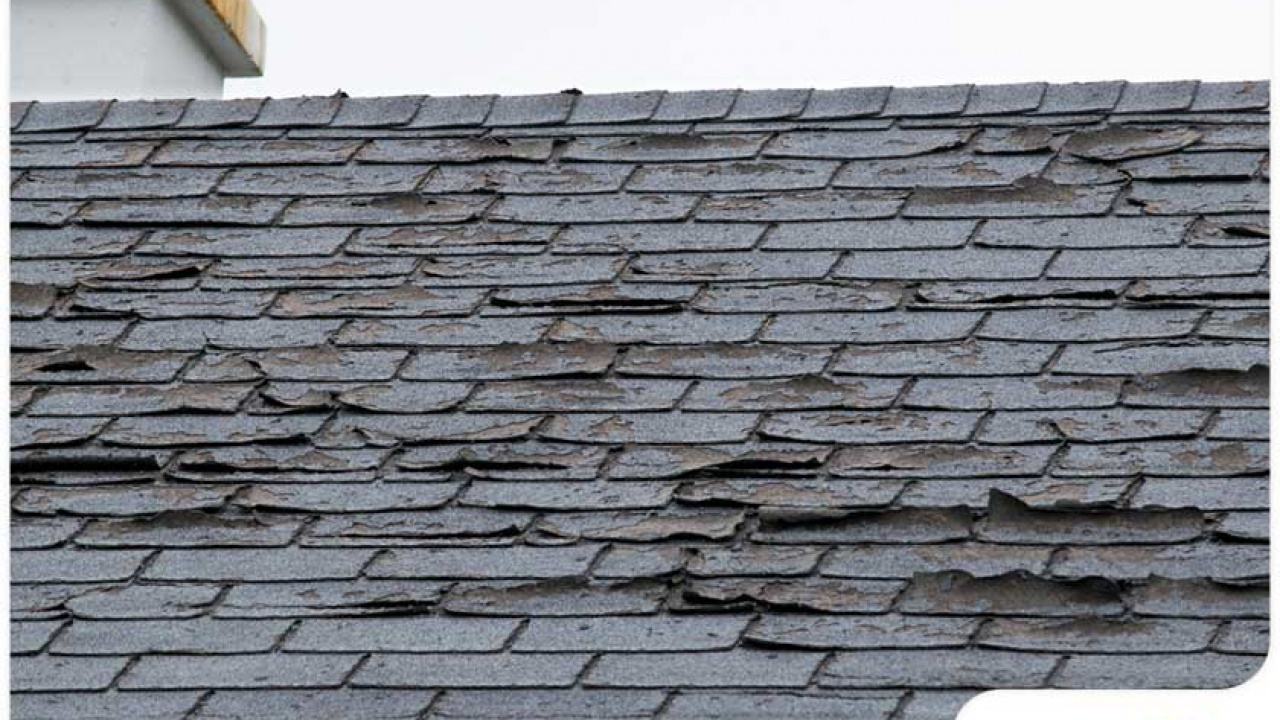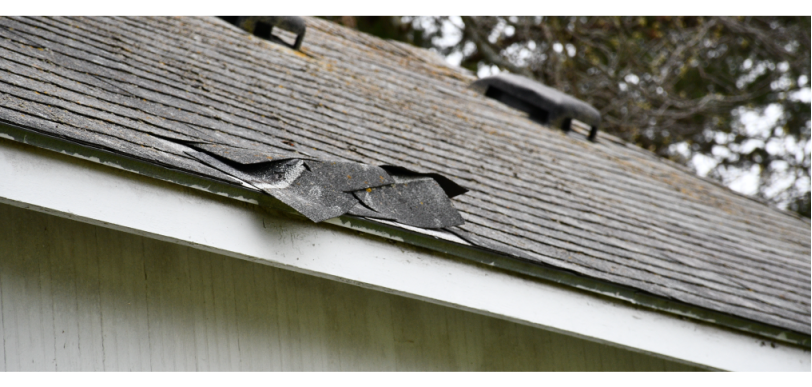Your roof is one of the most important parts of your home, providing essential protection from the elements and helping to maintain the structural integrity of your house. However, like any other part of your home, your roof won’t last forever and will eventually need to be replaced. Spotting the signs of a failing roof early on can save you from expensive repairs and prevent potential damage to your home. In this guide, we'll highlight the key signs that it might be time to consider a new roof and explain how RoofScope, a top-notch roof measurement software by Scope Technologies, can help you through this important process.
1. Age of the Roof
One of the first things to consider when deciding whether you need a new roof is its age. Most roofing materials have a certain lifespan. For example, asphalt shingles usually last between 15 and 30 years, while metal and slate roofs can last up to 50 years or more. If your roof is nearing or has passed its expected lifespan, it’s a good idea to start planning for a replacement.
Find out more about roof lifespans and when you should think about replacing your roof here.
2. Curling, Cracked, or Missing Shingles
Shingles are your roof’s first line of defense against weather and environmental damage. Over time, they can become brittle, curl up, crack, or even fall off due to severe weather. Curling shingles, whether at the edges (cupping) or in the middle (clawing), are a sign that your roof is nearing the end of its life. Likewise, cracked or missing shingles leave your roof vulnerable to water damage, which can lead to leaks and further deterioration.

3. Granule Loss
Asphalt shingles are coated with granules that protect them from the sun’s UV rays. Over time, these granules can wear off, especially on older roofs. You might notice granules collecting in your gutters or on the ground around your home. Significant granule loss exposes the shingles to the elements, speeding up the aging process of your roof.
4. Water Damage and Leaks
Water stains on your ceiling or walls are clear indicators of a leaky roof. Even small leaks can lead to big problems if they’re not fixed, such as mold growth, wood rot, and structural damage. If you notice water stains, dampness in the attic, or even see daylight peeking through the roof boards, it’s time to take action.
Learn more about the parts of a roof and how they contribute to its overall health here.
5. Moss and Algae Growth
While moss and algae growth might seem like minor cosmetic issues, they can signal deeper problems with your roof. Moss holds onto moisture, which can damage the roofing material over time, especially in colder climates where freezing and thawing occur. If not dealt with, moss can lead to bigger problems, like roof rot and leaks.

6. Sagging Roof
A sagging roof deck is a serious issue that usually points to structural damage. This could be caused by prolonged exposure to moisture, problems with the roof’s framing, or even issues with the foundation. If you notice your roof sagging, it’s important to consult with a professional as soon as possible, as this might indicate the need for an urgent replacement.
7. Increased Energy Bills
Your roof plays a key role in insulating your home. If it’s failing, you might notice drafts and leaks that cause your heating and cooling systems to work harder, which can lead to higher energy bills. If you’ve noticed a sudden spike in your energy costs, your roof could be the culprit.
How RoofScope Can Help
Spotting these signs is the first step to making sure your home stays safe and secure. But to really understand the condition of your roof, you need precision and expertise. That’s where RoofScope comes in. RoofScope is an advanced roof measurement software developed by Scope Technologies, offering accurate and detailed roof measurements without the need for manual inspections. By using aerial imagery and sophisticated software, RoofScope provides comprehensive reports that include measurements, roof pitch, and other crucial data.
This technology not only saves time but also boosts the accuracy of your roof assessments, helping you make informed decisions about repairs or replacements. Whether you’re a homeowner planning for a roof replacement or a contractor looking to provide accurate estimates, RoofScope has the tools you need.
Discover more about RoofScope and how it can support your roofing projects here.
For homeowners considering a roof replacement, understanding the costs involved is also essential. RoofScope offers a detailed Roof Cost Guide to help you estimate the expenses of your roof replacement, ensuring you’re financially prepared.
Conclusion
Your roof is vital to your home’s safety, comfort, and value. By keeping an eye out for these warning signs, you can make sure your roof continues to protect your home effectively. Don’t wait until small issues turn into major problems—regularly inspect your roof and consider a professional evaluation if you notice any of the signs mentioned above.
For more information on how RoofScope can help with your roofing needs, visit RoofScope.com.
written by RoofScope published on 08. 22. 2024

